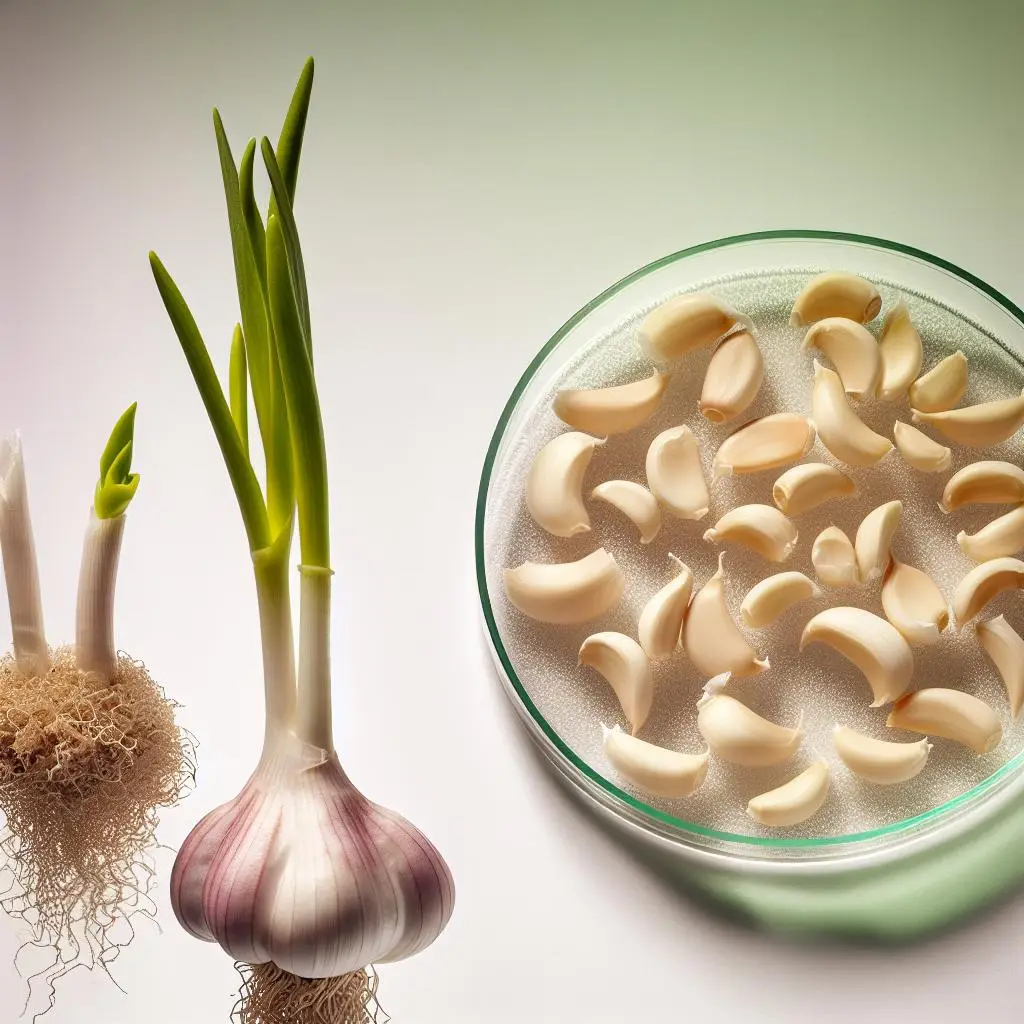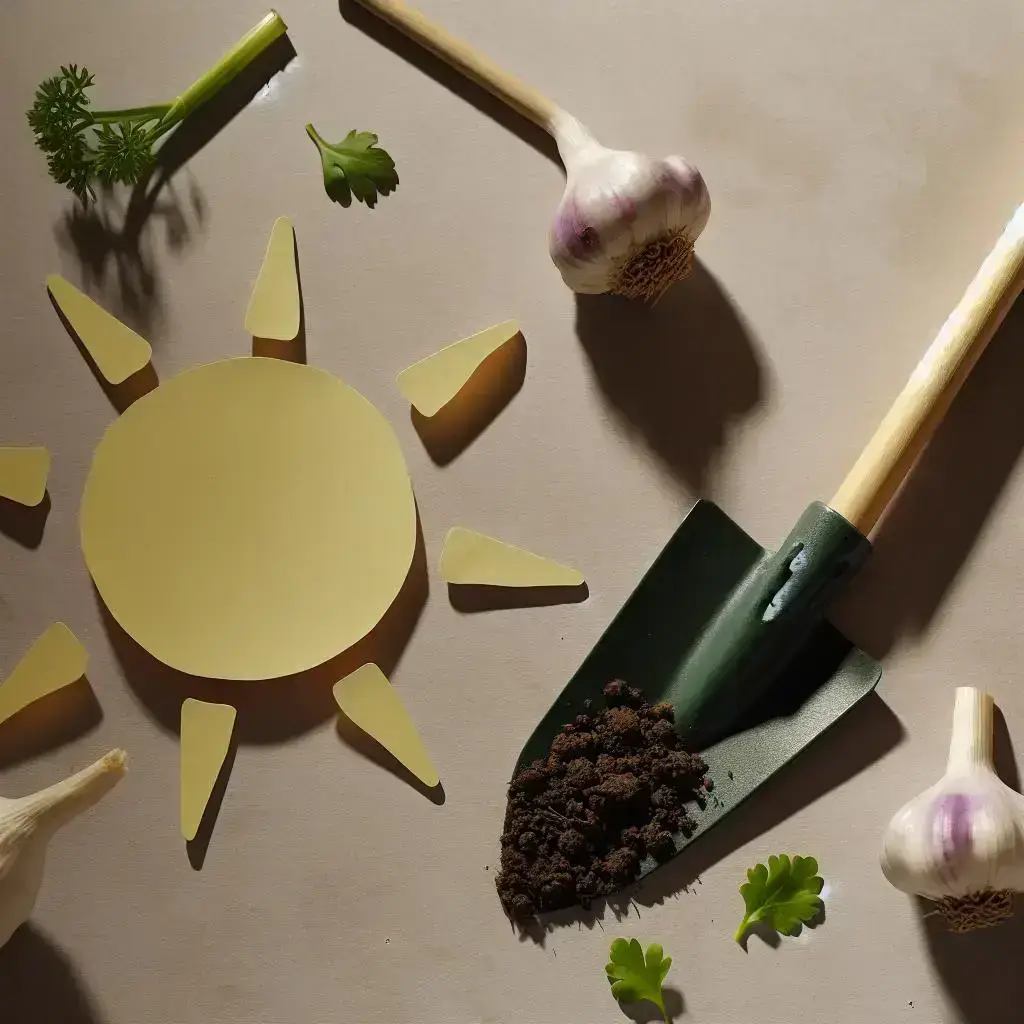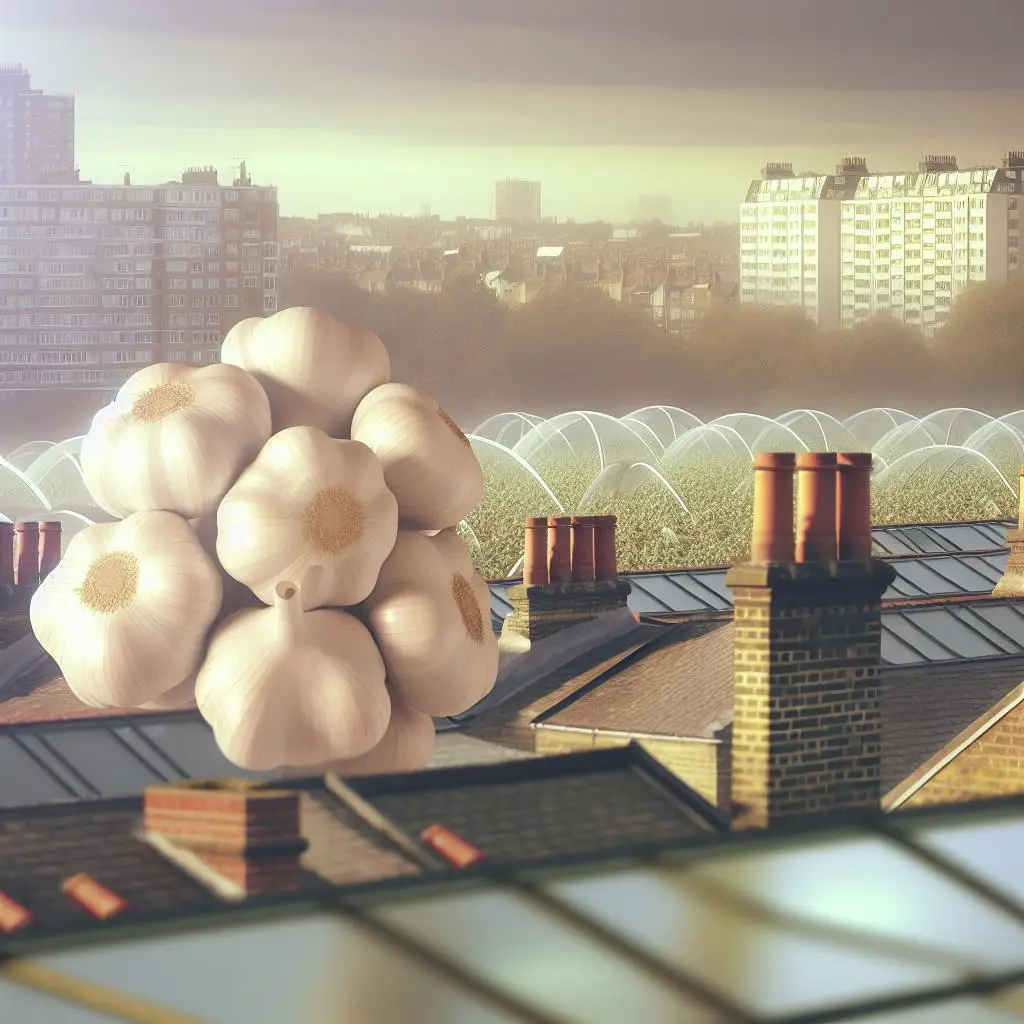From Ancient Fabrics to Modern Fashion: The Revival of Garlic as a Textile Dye
When you think of garlic, the first images that come to mind are probably pungent aromas, culinary delights, or health benefits. But what if I told you that this humble bulb has a colourful history—literally—as a natural dye for fabrics? Yes, garlic has been used for centuries in various cultures to impart rich, earthy hues to textiles. Today, a new wave of eco-conscious artisans and designers is rediscovering this ancient craft, blending tradition with sustainability in a vibrant revival.
The Historical Roots of Garlic Dyeing
Garlic’s use as a dye dates back thousands of years, with evidence from ancient China, Egypt, and the Mediterranean. In these cultures, garlic was not only valued for its medicinal and culinary properties but also for its ability to produce natural colours. The pigment derives from the sulphur compounds present in garlic, which, when processed, can yield shades ranging from soft yellows to deep browns. In some regions, garlic was used to dye wool and cotton for traditional garments, ceremonial robes, and even ritual textiles.
The Science Behind Garlic’s Colour
At the molecular level, garlic contains compounds like alliin and allicin, which, upon processing, can react with mordants—substances that fix dyes to fabrics—to produce lasting colours. The sulphur compounds are responsible for the warm, earthy tones that garlic dyes are known for. Interestingly, the exact shade can be influenced by factors such as garlic variety, processing method, and the type of fabric used. Recent research has shown that garlic-based dyes are not only natural but also biodegradable and non-toxic, making them an attractive option for sustainable fashion.
Modern Revival and Artistic Expression
Today, eco-friendly dyeing techniques are gaining popularity among artisans committed to reducing chemical use and waste. In the UK, a handful of textile artists are experimenting with garlic as part of their natural dye palettes, creating unique, eco-conscious garments and accessories. These dyes can be applied through traditional methods like boiling and mordanting, or via innovative techniques such as eco-printing, which embeds plant materials into fabric for intricate patterns.
For those interested in exploring garlic dyeing at home, simple tools like garlic presses and mordants can help extract and fix the dye. The process involves boiling garlic cloves, straining the liquid, and then immersing fabric until the desired colour develops. The result is a subtle, natural hue that carries the history and culture of ancient dyeing traditions.
Garlic in Contemporary Culture and Sustainability
As the world shifts towards sustainable practices, natural dyes like garlic are gaining recognition for their environmental benefits. Unlike synthetic dyes, which often contain harmful chemicals, garlic dyes are biodegradable and require minimal processing. This aligns with the growing movement of slow fashion and conscious consumerism, where stories and traditions add value to handmade products.
Moreover, garlic’s cultural symbolism as a protector and healer extends into its use as a dye—embodying the idea of transforming something humble into a work of art. Whether in handcrafted scarves, wall hangings, or even paper crafts, garlic’s earthy tones evoke a sense of connection to nature and history.
Explore the Possibilities
If you’re inspired to experiment with natural dyes, consider starting with simple projects like dyeing garlic-infused textiles. Remember, the journey of discovering your own signature shades is part of the artistic adventure. And for those who want to incorporate garlic into their culinary and creative worlds, exploring its dyeing potential offers a colourful new perspective on this versatile bulb.
Curious to see how garlic can transform your craft? Dive into our range of garlic gift sets and tools to start your natural dyeing journey today. Who knew that the humble garlic bulb could colour your world in so many ways?
















